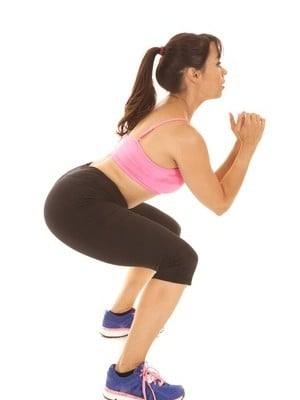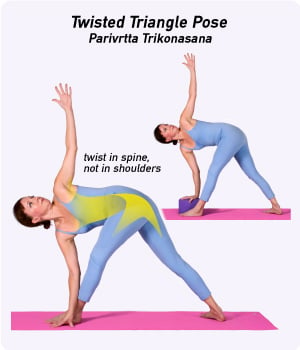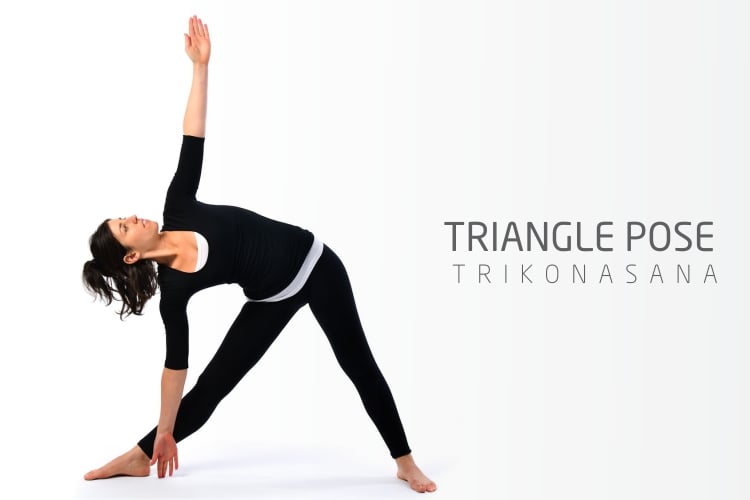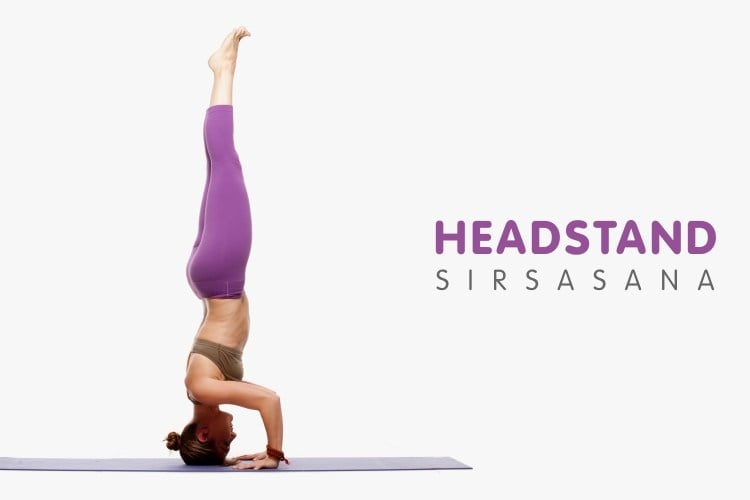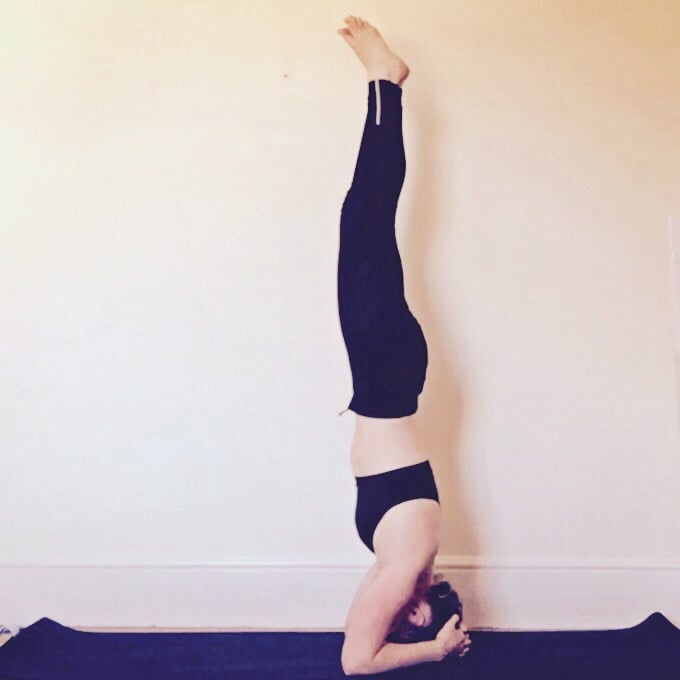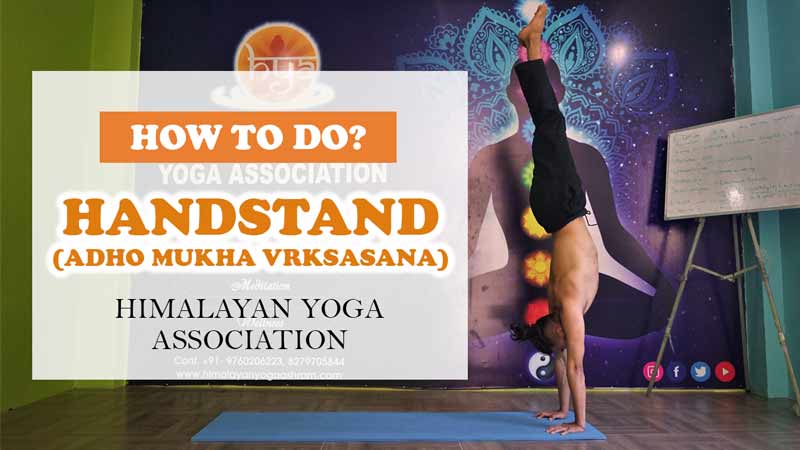In Sanskrit “Simha” means “Lion” and “Asana” means “Pose”. The English name of this asana is “Lion Pose”. Position : Sitting Type : Stress-relieving Spiritual Awareness : Ajna, Visuddhi Physical Awareness : Chest, throat, eyebrow centre, forehead. Dosha Suitability : Best suited for Kapha and Vata can also benefit. Introducery Asanas : Vajrasana Procedure: Sit in Vajrasana with the knees about 45 cm apart. The toes of both feet should remain in contact with each other. Lean forward and palace the palms of the hands on the floor between the knees, with the fingers pointing towards the body. Straighten the arms fully and arch the back. Rest of the body on the straight arms. Tilt the head back so that there is a comfortable amount of tension in
March 2, 2019
Mandukasan (Frog Pose)
In Sanskrit “Manduk” means “frog”, “Asana” means “Posture”. The English name of this asana is “Frog Pose”. Position : Sitting Type : Forward Bending Spiritual Awareness : Manipura and Svadisthan Chakra Physical Awareness : Abdominal push and breathing Dosha Suitability : Pita Introducery Asanas : Vajrasan Procedure: Sit in Vajrasana with the back, neck, and head in a straight line. Make fists of both hands. Touch both thumbs and place the joint of thumbs on the navel. Press both fists against the abdomen and with exhalation start bending forward trying to touch the forehead to the ground or try to band as much as the body permits. Try to be in the final position as comfortably as you can and as long as you can. While coming out,
February 22, 2019
Utthanasan (Squat and rise Pose)
In Sanskrit “Uttan” means “Rise”, and “asana” meaning pose. The English name of this asana is “Squat and Rise Pose”. Position : Standing Type : Balance Spiritual Awareness : Mooladhar and Manipura Physical Awareness : On the straight back and leg muscles Dosha Suitability : Pita Introducery Asanas : Tadasan Procedure: Stand with legs one metre apart with toes pointing outwards. Clasp the fingers of both hands and let them hang loosely in front of the body. Inhale deeply. Exhaling bend the knees sideways over the toes and lower the buttocks with the upper body and spine remaining straight. The knees should bend outward in alignment with the toes, to help keeping the knee stable. Avoid bending forward. Descend gradually to 20 cm, 30cm, and finally until the
February 13, 2019
Parivatta Trikonasana (Revolving Triangle Pose)
In Sanskrit “Parivrtta” means “to turn around/ revolve”, “Trikona” means “Triangle”. The English name of this asana is “Revolving triangle Pose”. Position : Standing Type : Balancing pose Spiritual Awareness : Manipura Physical Awareness : Pelvis, twisted spine, abdomen Dosha Suitability : Pita Introducery Asanas : Trikonasan, Ardha Matsyendrasan, Vrikshasana Procedure: Stand erect, feet together, arms at your side. With an exhalation, step or lightly jump your feet to shoulder width apart. Raise your arms sideways to shoulder level so that they are in a straight line, palms down. Wrists should be in line with ankles. Turn your right foot out to 90 degrees and your left foot into 45 degrees. Firm your thighs and turn your right thigh outward, so that the center of the right knee
February 13, 2019
Trikonasana (Triangle Pose)
In Sanskrit “Trikona” means “Triangle”, Asana means “Pose”. The English name of this asana is “Triangle Pose”. Position : Standing Type : Balancing pose Spiritual Awareness : Manipura Physical Awareness : Coordination of movement, balance and stretch. Dosha Suitability : Advisablee for Pita and Vata can also benefit. Introducery Asanas : Tadasan, Ardha Chandrasan Procedure: Stand erect, feet together, arms at your side. With an exhalation, step or lightly jump your feet to shoulder width apart. Raise your arms sideways to shoulder level so that they are in a straight line, palms down. (Beginners can brace their back heel or the back of their torso against a wall if they feel unsteady in the pose.) Wrists should be in line with ankles. Turn your right foot out to
February 13, 2019
Sirshasana (Headstand)
In Sanskrit “Sir” means “Head”, “Asana” means “Posture”. The English name of this asana is “Head stand”. Position : Supine Type : Balancing Spiritual Awareness : Sahasrar chakra Physical Awareness : On maintaining balance of the body Dosha Suitability : Kapha Introducery Asanas : Sarvangasana, Adho Mukha Svanasana, Uttanasana, Virasana Procedure: 1. Stage I: Sit in vajrasana. Close the eyes and relax the whole body. After a few minutes, open the eyes, bend forward and place the forearms on a folded blanket with the fingers interlocked and the elbows in front of the knees. The distance between the elbows should be in such a way that they form an equilateral triangle between the interlocked fingers and the elbows. Place the crown of the head on the blanket between
February 12, 2019
Things To Know Before Joining Yoga Teacher Training In Rishikesh
When it comes to practicing Yoga, a lot depends on your mindset. People are aware of the fact that Yoga has solutions to most of their day-to-day problems but the fix is, not many actually make the move to start practising it. The willingness to learn should always come from within, therefore no amount of motivation from our peers can actually get you there unless you’re self-motivated. If you find yourself among one of those who are yet to figure out, if you are ready to practice Yoga, worry not because we have a list of things for you that will help you to get an outline before joining the Yoga Teacher Training in Rishikesh. Just to give you a brief, Yoga allows you to have a clear mind and
February 7, 2019
Salmba Sirshasana (Supported Headstand)
In Sanskrit “Salamba” means “Supported”, “Asana” means “Posture”. The English name of this asana is “Supported Headstand”. Position : Supine Type : Balancing Spiritual Awareness : Sahasrar chakra Physical Awareness : On maintaining balance of the body Dosha Suitability : Kapha Introducery Asanas : Sarvangasana, Adho Mukha Svanasana, Uttanasana, Virasana Procedure: Assume marjari-asana. Place the crown of the head on the blanket between the hands. Move the hands back towards each side of the knees and adjust the position so that the hands form the corners of an equilateral triangle with the head. The forearms should be vertical and the elbows bent. Lift the knees from the floor straightening the legs, and raising the buttocks. Walk the feet forward until the thighs are near the chest and the
In Sanskrit “Adho” means “downward”, “mukha” means “facing”, “Vrksa” means “Tree”, “Asana” means “Posture”. The English name of this asana is “Handstand Pose”. Position : Supine Type : Arm Balancing Spiritual Awareness : Sahasrar chakra Physical Awareness : Arms, wrists, shoulders, spine, and overll balance Dosha Suitability : Kapha Introducery Asanas : Adho Mukha Svanasana, Supta Virasana, Tadasana, Bakasana Procedure: Start in Adho Mukha Svanasana. Bring your feet together at the middline; spread your palms and press them into the floor. Stretch through the sides of the waist and fortify your legs. Start to lift the heels, shifting some of your weight into the balls of the feet. Step your right foot forward halfway to your hands and bringing your shoulders over your wrists. Allow your right knee
February 2, 2019
Urdhwa Padmasana (Lotus Headstand Pose)
In Sanskrit “Oordhwa” means “Upward/ Erect”, “Padma” means “Lotus”,“Asana” means “Posture”. The English name of this asana is “Lotus Headstand”. Position : Supine Type : Balancing Spiritual Awareness : Sahasrar chakra Physical Awareness : On maintaining balance of the body Dosha Suitability : Kapha Introducery Asanas : Sarvangasana, Adho Mukha Svanasana, Uttanasana, Virasana Procedure: Perform Sirshasana. When balance has been established, slowly bend the right leg and keep it on the left thigh and then the left leg on the right thigh. Breathe slowly through the nose and never by the mouth. Remain in the posture from 5 to 10 minutes in the beginning and gradually increase the time. Remain in the final pose for as long as is comforatable. Straighten the legs and balance again in



